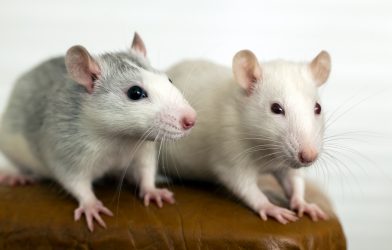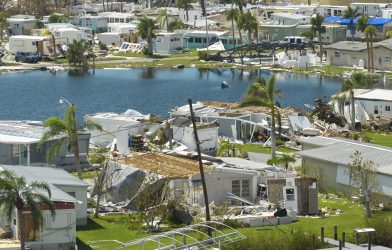Biodiversity, the variety of life on Earth, is essential for the stability and resilience of ecosystems. It provides critical services that support human survival and well-being, including food, clean water, and medicine. However, biodiversity is under threat due to human activities.
The Importance of Biodiversity
Ecosystem services such as pollination of crops, purification of water, regulation of climate, and decomposition of waste are vital to human existence and are underpinned by biodiversity. Genetic diversity within species is crucial for adaptation to changing environments and resilience against diseases and pests. It also provides the raw materials for breeding new varieties of crops and livestock. Biodiversity contributes significantly to economies through agriculture, fisheries, forestry, and tourism. Many industries rely on natural resources and the services ecosystems provide. Biodiversity holds cultural, spiritual, and recreational value for many communities. It is integral to the identity and traditions of indigenous peoples and local communities around the world.
Threats to Biodiversity
Deforestation, urbanization, and agricultural expansion lead to the destruction and fragmentation of natural habitats, making it difficult for species to survive and reproduce. Rising temperatures, changing precipitation patterns, and extreme weather events disrupt ecosystems and force species to migrate, adapt, or face extinction. Chemicals, plastics, and other pollutants contaminate air, water, and soil, posing severe risks to wildlife and ecosystems. Marine life, in particular, suffers from plastic pollution and oil spills. Overfishing, hunting, and logging deplete species populations faster than they can recover, leading to declines and extinctions. Unsustainable harvesting of natural resources is a major driver of biodiversity loss. Non-native species introduced to new environments can outcompete, prey on, or bring diseases to native species, leading to declines in biodiversity.

Efforts in Biodiversity Conservation
Establishing national parks, wildlife reserves, and marine protected areas helps safeguard critical habitats and species. These areas provide refuges where ecosystems can function naturally. Ecological restoration efforts aim to rehabilitate degraded ecosystems, reintroduce native species, and rebuild natural habitats. These projects help restore ecosystem functions and biodiversity. Promoting sustainable agriculture, forestry, and fisheries reduces the impact on natural resources. Practices such as agroforestry, organic farming, and sustainable fishing methods support biodiversity conservation. National and international laws, such as the Convention on Biological Diversity (CBD), aim to protect biodiversity and promote sustainable use of natural resources. Effective enforcement and compliance are essential for success. Involving local communities in conservation efforts ensures sustainable and culturally appropriate solutions. Community-based conservation empowers people to manage natural resources and protect biodiversity. Scientific research and monitoring provide essential data on species populations, ecosystem health, and the effectiveness of conservation strategies. This information guides policy decisions and adaptive management.
Success Stories in Biodiversity Conservation
Conservation initiatives in the Amazon focus on protecting large tracts of rainforest, supporting indigenous rights, and promoting sustainable livelihoods. These efforts help preserve one of the most biodiverse regions on Earth. The Great Barrier Reef Marine Park Authority manages the reef’s protection through zoning, monitoring, and research. Efforts to reduce water pollution and combat coral bleaching are ongoing. Community conservancies in countries like Kenya and Namibia empower local communities to manage wildlife and natural resources. These conservancies generate income through ecotourism and improve conservation outcomes.
Biodiversity conservation is crucial for maintaining the health of our planet and ensuring the well-being of future generations. While the threats to biodiversity are significant, concerted efforts by governments, organizations, and individuals can make a difference. By understanding the importance of biodiversity and taking action to protect it, we can preserve the intricate web of life that sustains us all. Conservation is not just about saving species; it is about safeguarding the natural systems that provide us with clean air, water, food, and a stable climate. Each of us has a role to play in this vital endeavor.














